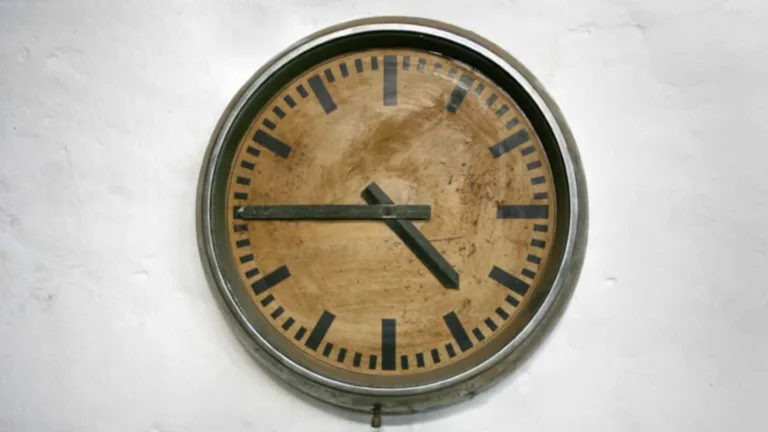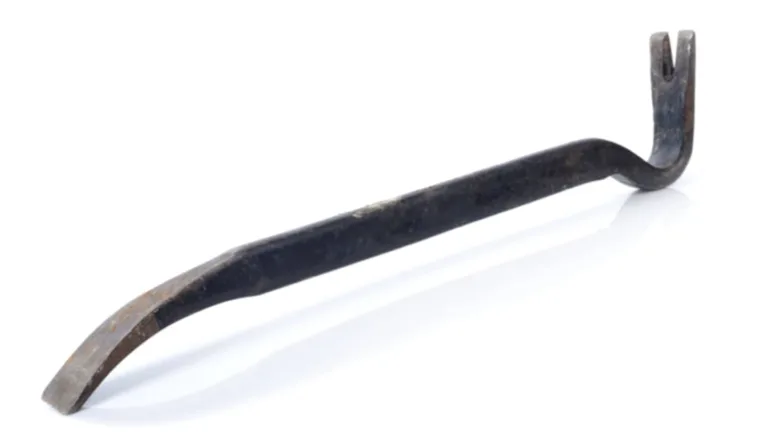The holiday season is a time for joy, family, and festive cheer. But did you know that many cultures have their own folklore figures that serve as cautionary tales for children during this magical time of year? These creatures often embody the darker aspects of winter and remind us of the importance of good behavior.
Similar to Krampus, a horned demon who punishes naughty children in Alpine folklore, Scotland’s Hebrides Islands have their own Menacing Figure Known As Crom Dubh na Nollaig, or the Dark Crooked One of Christmas. Derived from the ancient Irish pagan god Crom Cruaich, associated with fertility and sometimes sinister practices, Crom Dubh would punish misbehaving children with birch branches. These figures are a fascinating look into how cultures around the world have used folklore to teach valuable lessons about morality and responsibility.
These tales, Passed Down Through Generations, offer a unique perspective on holiday traditions. They remind us that even amidst the merriment and gifts, there’s a timeless need for good conduct and kindness.
The Dark Side of Holiday Traditions
Beyond the cheerful carols and twinkling lights, many holiday traditions have a darker side rooted in ancient folklore and customs. These traditions, often viewed with a sense of mystery or even fear, serve as reminders that our celebration of light and joy is intertwined with the shadows of winter’s past.
Take, for instance, the Yule log tradition. While today it symbolizes warmth and prosperity, its origins lie in Pre-christian pagan rituals where burning large logs was believed to ward off evil spirits and ensure a bountiful harvest. Similarly, the practice of decorating evergreens during the holidays stems from ancient beliefs that these resilient plants held protective powers against darkness and death. These traditions demonstrate how our modern celebrations often blend ancient fears and beliefs with contemporary merriment.
 Why Is Summer Called Summer? Exploring Season Names
Why Is Summer Called Summer? Exploring Season NamesPerhaps this duality is what makes the holiday season so captivating. It’s a time when we acknowledge both the light and the dark, celebrating hope and joy while also remembering the importance of facing our shadows head-on. Just as Crom Dubh na Nollaig, the Dark Crooked One of Christmas, Reminds Us To Behave Well, these traditions encourage us to reflect on the deeper meaning behind our festivities.
Crom Dubh na Nollaig: Scotland’s Yuletime Terror
In the remote and misty Hebrides Islands of Scotland, a chilling figure lurks during the Festive Season: Crom Dubh Na Nollaig, also known as the Dark Crooked One of Christmas. This menacing being embodies the darker side of winter celebrations, serving as a stark reminder for Children To Behave Themselves.
Descended from the ancient Irish pagan god Crom Cruaich, associated with both fertility and potentially Sinister Practices, Crom Dubh is depicted as a fearsome figure wielding birch branches as his weapon of choice. Legends say he roams the wintry landscape, searching for misbehaving children who haven’t been kind or respectful during the holidays. He punishes them not with sweets, but with painful whacks from his branches, leaving a lasting impression on those Who Dare To Cross Him.
While many modern Scots may view Crom Dubh na Nollaig as a Mere Folktale, the legend persists in some communities. It serves as a powerful reminder of the importance of good behavior during the holiday season, urging children to behave themselves and embrace the spirit of kindness and generosity that defines Christmas.
Jólakötturinn: Iceland’s Christmas Cat Menace
Across the icy Nordic landscape of Iceland, a different kind of holiday terror stalks the land: Jólakötturinn, The Yule Cat or Christmas Cat. This monstrous feline, depicted as a massive creature with glowing eyes and razor-Sharp Claws, is said to roam the countryside during the weeks leading up to Christmas Eve.
Unlike Santa Claus who rewards good behavior, Jólakötturinn preys on lazy children who haven’t worked hard enough to earn new clothes for the holidays. Those who have been mischievous or haven’t contributed to their families will find themselves facing a terrifying fate: being devoured by the monstrous Jólakötturinn.
While most Icelanders today view Jólakötturinn as a fun and slightly spooky part of their Christmas folklore, it serves as a powerful reminder about the importance of hard work and diligence during the holiday season. It’s a playful way to encourage children to stay busy and contribute To Their Families, ensuring they avoid becoming The Yule Cat’S Next Meal.
Cautionary Tales for Good Behavior
These chilling tales from around the world – from Crom Dubh na Nollaig to Jólakötturinn – demonstrate a common thread woven through Many Cultures: the need for good behavior during the holidays. These cautionary figures serve as reminders that while merriment and celebration are at the heart of the season, there’s also a space for reflection on our actions and intentions.
By emphasizing the potential consequences of misbehavior, these legends offer a gentle yet effective way to guide children towards kindness, respect, and generosity. They remind us that the true spirit of the holidays lies not only in receiving gifts but also in giving back, Being Considerate, and spreading joy to those around us.
Ultimately, these Cautionary Tales act as timeless reminders that our Actions Have Consequences, especially during a time when we Celebrate Unity, compassion, and goodwill. They encourage us to embrace the best aspects of the season and strive to be better versions of ourselves.
Modern Interpretations of Ancient Figures
While these ancient figures might seem like remnants of a bygone era, their influence endures in modern interpretations and celebrations. The tradition of storytelling continues to Keep These Legends Alive, Passed Down Through Generations, and adapted to reflect contemporary values.
In some cases, the menacing aspects of these figures Have Been Softened, transforming them into more whimsical characters that entertain children without instilling fear. This shift reflects a changing societal focus on positive reinforcement and encouraging good behavior rather than relying solely on threats or punishment. However, the core message – the importance of kindness, generosity, and responsible conduct during the holidays – remains timeless and relevant.
The enduring popularity of these figures also highlights our fascination with folklore and mythology. Modern interpretations often blur the lines between tradition and fantasy, creating a unique blend that combines ancient beliefs with contemporary sensibilities. These Modern Interpretations ensure that these cautionary tales continue to resonate with audiences, reminding us of the rich cultural heritage woven into the fabric of Our Holiday Celebrations.










